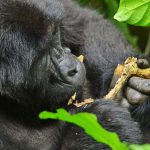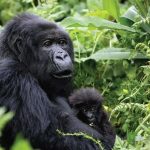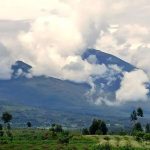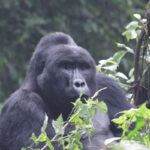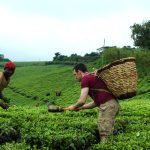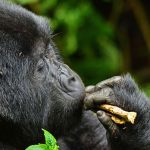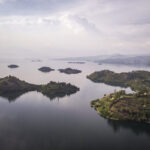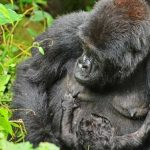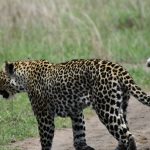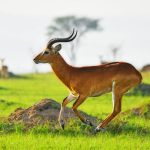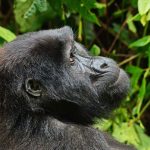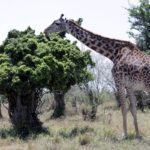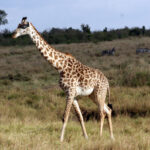Kenya is a beautiful country in East Africa that is well known for a rich diversity of culture, wildlife and landscapes. As you think about planning your own trip, it is best to consider the question of “When to visit Kenya?”
The best time to visit Kenya largely depends on what activities you intend to engage in and what regions you plan to visit.
It is a country with a varied climate, influenced by several factors such as especially the effects of changing topography and the Indian Ocean. Generally, the country has two rainy seasons and two dry seasons each year, which can affect travel plans and wildlife viewing experiences.
The best time to visit Kenya for wildlife viewing is from January to February and from June to September, which also coincides with the Great Migration of millions of wildebeests and zebras.
These are dry season months when animals tend to gather around the remaining water sources, making them easier to find in big numbers. During these periods, the weather is generally warm and dry, with plenty of sunshine and clear skies.
If you plan to visit the coastal regions, the best time to go is during the dry season, which runs from June to September and December to March. During this period, the weather is warm and dry, with plenty of sunshine and calm seas.
If you’re interested in bird watching, the best time to visit Kenya is during the rainy seasons, particularly the long rainy season that runs from March to May. During this period, migratory birds arrive in the country, making it a great time for bird watching.
It’s important to note that weather patterns are unpredictable, and rainfall can occur even during the dry seasons. Additionally, some roads and national parks may be inaccessible during the rainy seasons due to flooding and muddy conditions.
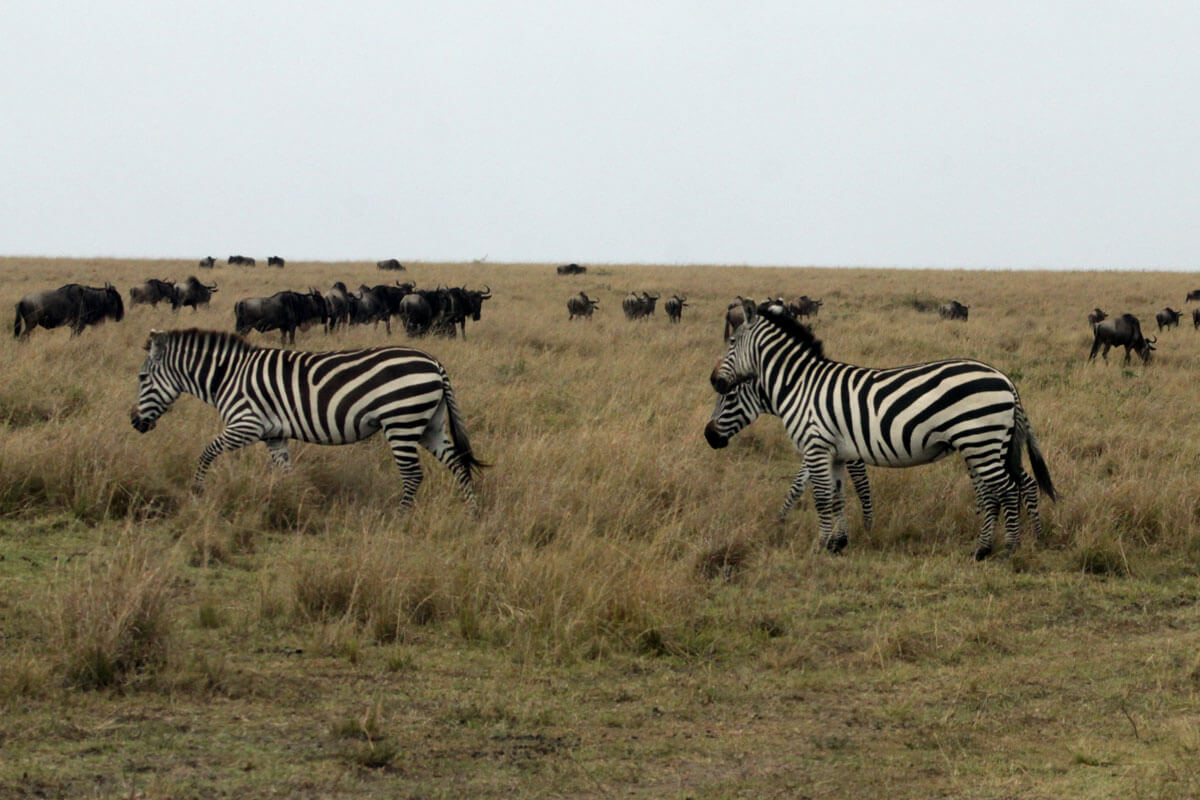
General Climate of Kenya
Kenya has a tropical climate, which is influenced by its location near the equator. The weather is generally hot and sunny throughout the year with average temperatures ranging from 22-34 degrees Celsius along the coast and 10-28 degrees Celsius in the highlands.
Kenya has two rainy seasons and two dry seasons each year. The long rainy season occurs from March to May, while the short rainy season occurs from October to December.
During these periods, heavy rainfall is experienced in most parts of the country. There are occasional showers and thunderstorms, which can be heavy at times and flooding can occur in low-lying areas.
The coastal region is usually hot and humid with temperatures ranging from 25°C to 30°C. The rest of the country experiences cooler temperatures, with temperatures ranging from 15°C to 28°C.
The dry seasons in Kenya occur from June to September and from January to February. They are characterized by minimal rainfall, low humidity, and high temperatures. During these months, the weather is generally dry and sunny with occasional rainfall in some regions with the coastal region still being the hottest.
The climate in Kenya varies depending on altitude and location, with the coastal regions being hot and humid and the highlands being cooler. The country’s diverse topography, which includes mountains, highlands, savannas, and coastal plains, also influences the climate.
It is important to note that temperatures and rainfall patterns can vary based on the region and season – therefore it is advisable to check the weather forecast before traveling to Kenya to plan accordingly.
Climate of Kenya by Month
1. January
January is a hot and dry month in Kenya.
The coastal regions experience high humidity, and temperatures can reach up to 30°C. The highlands are cooler, with temperatures ranging from 10°C to 28°C. Rainfall is scarce during this period, making it an ideal time for outdoor activities and wildlife viewing.
2. February
February is also a hot and dry month in Kenya, with temperatures similar to those of January.
The coastal regions experience high humidity, and the highlands are cooler. However, towards the end of February, the long rainy season starts in some parts of the country, particularly in the western regions.
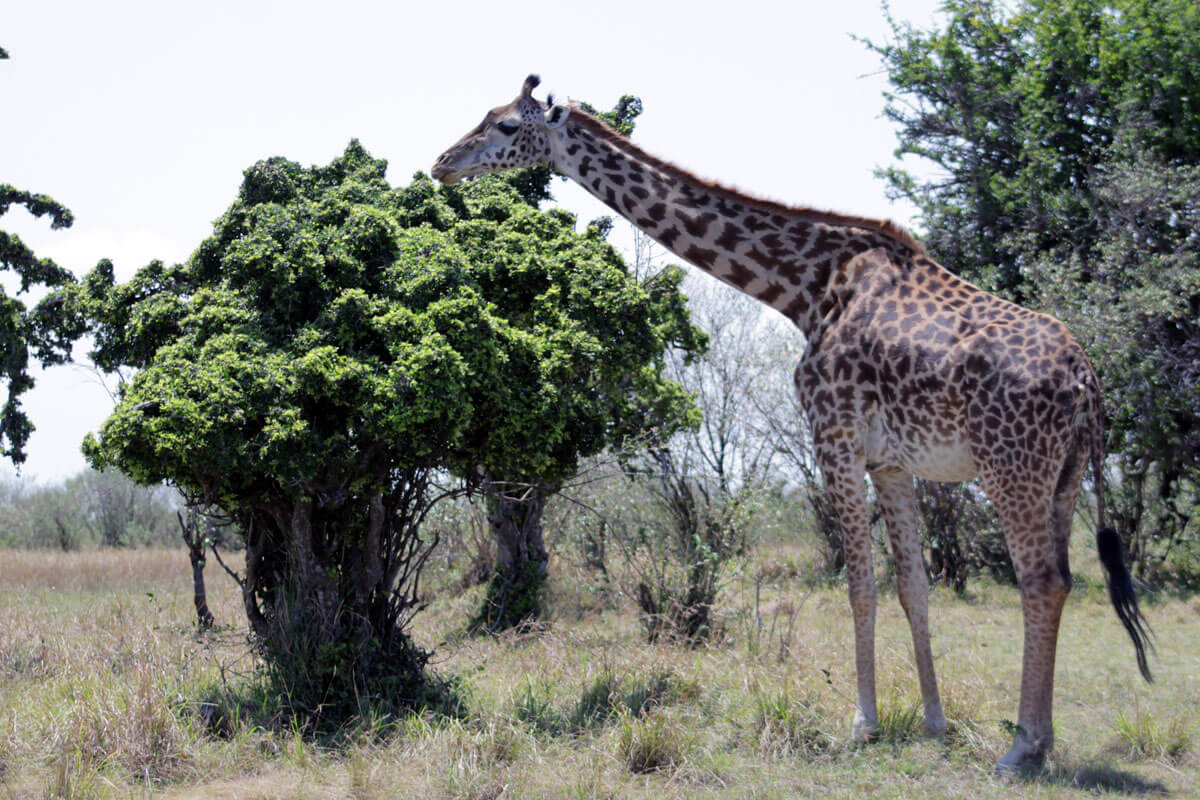
3. March
March is the end of the short dry season in Kenya.
The coastal regions continue to experience high humidity, and temperatures can reach up to 32°C. The highlands are cooler, with temperatures ranging from 10°C to 28°C. Some parts of the country may experience occasional showers towards the end of the month.
4. April
April marks the beginning of the long rainy season in Kenya. Heavy rainfall is experienced throughout the country, particularly in the highland areas.
Temperatures are cooler, with the coastal regions experiencing temperatures ranging from 23°C to 30°C, and the highlands ranging from 10°C to 26°C.
5. May
May is one of the wettest months in Kenya, with heavy rainfall experienced throughout the country.
Temperatures are cooler, with the coastal regions experiencing temperatures ranging from 23°C to 28°C, and the highlands ranging from 10°C to 24°C. The humidity is high, and it can be challenging to engage in outdoor activities during this period.
6. June
June marks the end of the long rainy season in Kenya. Heavy rainfall is still experienced in some parts of the country, particularly in the western regions.
Temperatures are cooler, with the coastal regions experiencing temperatures ranging from 22°C to 26°C, and the highlands ranging from 8°C to 22°C.
7. July
July is the beginning of the long dry season in Kenya.
Temperatures start to rise, and the coastal areas experience hot and humid conditions, with temperatures ranging from 23°C to 30°C. The highlands are relatively cooler, with temperatures ranging from 10°C to 25°C.
8. August
August is a hot and dry month in Kenya. The coastal regions experience high humidity, and temperatures can reach up to 30°C. The highlands are cooler, with temperatures ranging from 10°C to 25°C.
This period is ideal for wildlife viewing in Kenya’s national parks, as the grass is short, and animals gather around water sources.

9. September
September is also a hot and dry month in Kenya.
The coastal regions experience high humidity, and temperatures can reach up to 30°C. The highlands are cooler, with temperatures ranging from 10°C to 25°C. This period is ideal for outdoor activities and wildlife viewing.
10. October
October marks the end of the long dry season in Kenya.
Temperatures start to cool, and the coastal regions experience temperatures ranging from 23°C to 29°C, while the highlands range from 10°C to 24°C. Some parts of the country may experience occasional showers towards the end of the month.
11. November
November is the beginning of the short rainy season in Kenya.
Rainfall is experienced mainly in the coastal regions and a few areas in the highlands. Temperatures are generally warm, with the coastal regions experiencing temperatures ranging from 23°C to 29°C, and the highlands ranging from 10°C to 24°C.
12. December
December is the end of the short rainy season in Kenya. Rainfall is still experienced in some parts of the country, particularly in the coastal regions.
Temperatures are generally warm, with the coastal regions experiencing temperatures ranging from 23°C to 29°C, and the highlands ranging from 10°C to 24°C. The humidity is high during this period, making it important to dress in breathable and light clothing when engaging in outdoor activities.
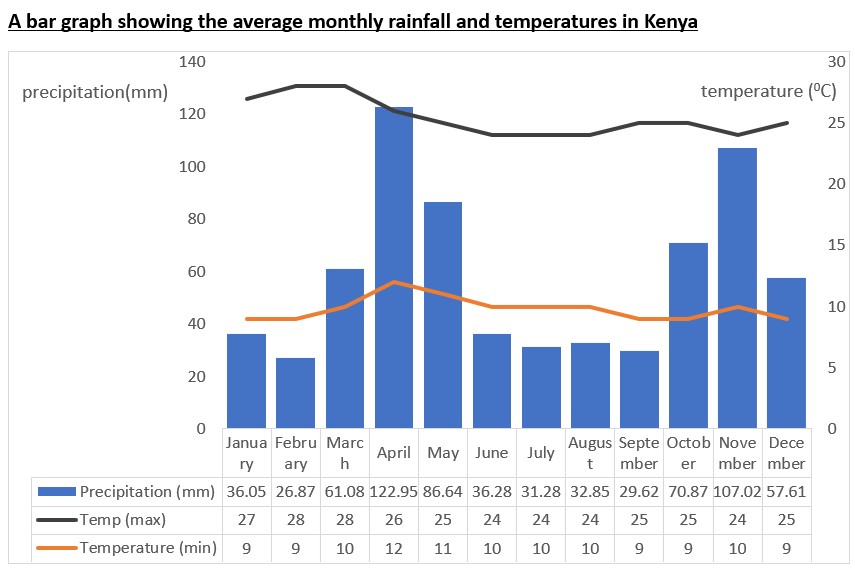
What to wear on Safari in Kenya
What you wear in Kenya will depend on the purpose of your trip and the places you plan to visit. Kenya has a warm and sunny climate, so it’s important to dress in lightweight, breathable clothing that is comfortable and appropriate for the environment.
For casual everyday wear, it is recommended to wear lightweight, breathable clothing made from natural fabrics like cotton or linen. Khaki and neutral colors are good choices as they blend in with the environment. Shorts, t-shirts, and sundresses are all appropriate options.
In case you plan to visit religious or cultural sites, it is recommended to dress modestly and avoid wearing revealing clothing. For women, it’s advisable to bring a scarf or shawl to cover your head and shoulders if needed.
If you plan to go on safari, it is recommended to wear long-sleeved shirts and pants to protect against the sun, insects, and thorny bushes. Neutral colors like khaki, beige, or olive green are good choices as they blend in with the environment. Sturdy, closed-toe shoes or hiking boots are recommended for game walks and hikes.
In general, it’s a good idea to pack a light jacket or sweater for the evenings, as temperatures can drop especially in high-altitude areas like Mount Kenya or in the evenings during the dry season.
Remember, it’s important to check the weather forecast for the areas you plan to visit, as weather patterns can vary depending on the region and time of year.
Conclusion
In conclusion, Kenya is a beautiful country to visit with a tropical climate that offers warm and humid conditions throughout the year. However, the best time to visit Kenya depends on your travel goals and destinations.
Whether you’re interested in wildlife, beaches, or cultural experiences, Kenya has something for everyone, and with proper planning, you can have a memorable and enjoyable trip to this beautiful country.
Related articles
- Is Kenya safe for tourists
- Kenya visa requirements for tourists
- Packing list for Kenya safari

